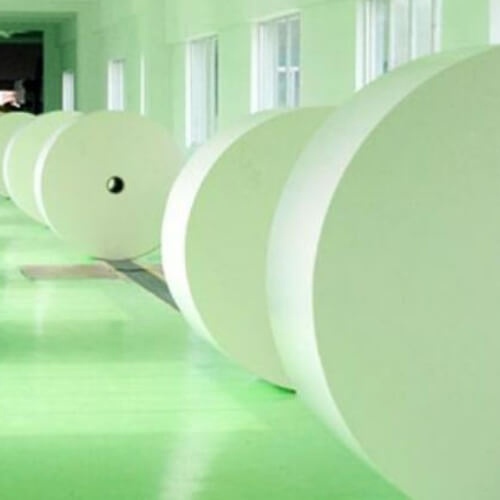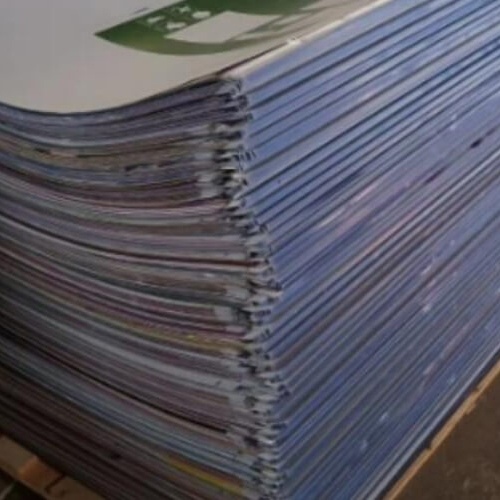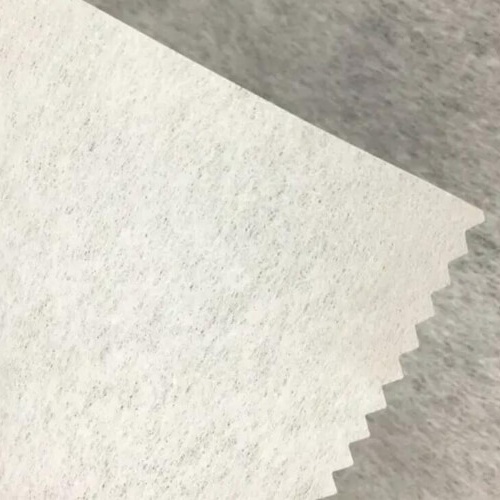PS interleaving paper
PS Interleaving Paper is a protective paper designed for use between polystyrene (PS) sheets during storage and transportation. It prevents scratching, surface damage, and contamination, ensuring the quality and appearance of PS products. This paper features good strength, smooth texture, and moisture resistance to maintain optimal protection.
Product Feature:
It has the characteristics of high surface cleanliness, flat paper, slightly acidic, and high strength.
Product Application:
Production and protection of PS plate material
Application Scenario
Product Details
PS Interleaving Paper (Presensitized Plate Interleaving Paper) is a specialized protective material used in the printing industry to shield pre-sensitized offset printing plates (PS plates) during manufacturing, storage, handling, and transportation. PS plates are aluminum-based, pre-coated with a light-sensitive emulsion, widely used in traditional offset printing workflows. The interleaving paper ensures these plates remain undamaged and uncontaminated until they are exposed to UV light and mounted on a printing press.
Below is a detailed overview of its properties, functions, and industrial relevance.
Key Features
Light-Sensitive Protection
- PS plates are highly reactive to UV light and environmental contaminants. The interleaving paper acts as a light-blocking barrier, preventing accidental exposure during storage or handling.
- Some variants include opaque coatings blocking specific light wavelengths that could prematurely activate the emulsion.
Anti-Adhesion and Scratch Resistance
- The paper’s ultra-smooth surface prevents scratches or abrasions on the delicate emulsion layer.
- Non-stick coatings ensure easy separation from the plate surface without leaving residues or damaging the coating.
Moisture and Oxidation Resistance
- PS plates are prone to oxidation and humidity-induced degradation. The paper incorporates hydrophobic treatments to block moisture ingress, preserving the plate’s chemical stability.
Anti-Static Properties
- Static charges attract dust and debris, which can cause printing defects. Anti-static additives in the paper neutralize charges, ensuring plate cleanliness.
Controlled Thickness and Flexibility
- Engineered to balance rigidity (for structural support) and flexibility (for easy handling). Typical weights range from 50–90 gsm, depending on plate size and stacking requirements.
Chemical Inertness
- The paper is chemically inert to avoid reactions with the plate’s photosensitive coating, which could alter its imaging properties.
Customization
- Available in color-coded variants (e.g., blue, yellow) for quick identification of plate types or sizes.
- May include printed guidelines, barcodes, or QR codes for inventory management.
Applications
Manufacturing and Packaging
- Applied during PS plate production to separate individual plates in stacks, preventing emulsion transfer or sticking.
Storage and Transportation
- Protects plates from humidity, dust, and physical damage in warehouses or during shipping.
- Critical for maintaining plate quality in non-climate-controlled environments.
Pressroom Handling
- Removed just before plate exposure and mounting, ensuring a pristine surface free of scratches or contaminants.
Waste Reduction
- High-quality interleaving paper minimizes plate rejection rates due to handling defects, reducing material waste and costs.




